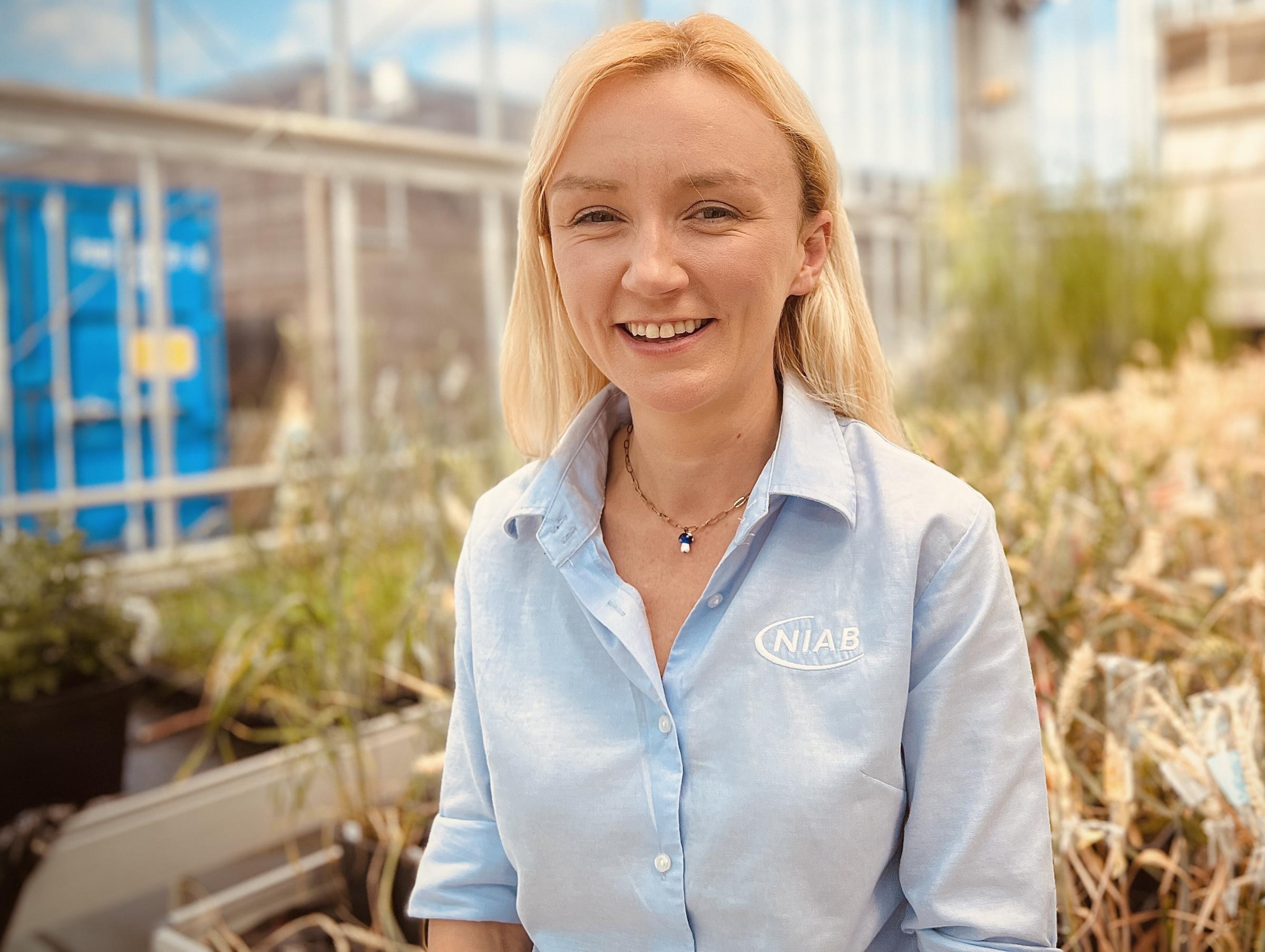Striking a balance between maximising crop potential and managing input costs will be the challenge for cereal growers approaching T2 fungicide sprays this month, experts say.
Much of the UK wheat crop has experienced turbulence during the growing season caused by difficult drilling conditions during the autumn or a wet spring hampering crucial fieldwork.
As a result, the quality of wheat crops varies from field to field across the UK as flag leaf sprays loom on the horizon.
Dr Aoife O’Driscoll, Plant Pathologist at NIAB, said: “In terms of disease pressure in current crops, it’s a mixed bag. From what we’ve heard and from what we’re seeing on the ground when it comes to septoria, it seems to be a bad year for it.
“There is also a lot of brown and yellow rust being reported, but the issues of mildew and eyespot are not so prominent.”
Many T0 applications were abandoned due to weather or ground conditions, while timing T1 sprays appropriately has been a challenge.
This will impact product choice at T2, according to Mike Ashworth, Cereal Fungicide Product Manager at Corteva Agriscience.
“Wet conditions have exacerbated background levels of septoria in crops and users need to consider their choice of product,” he says.
“It may be that curative activity is needed on top of the requirement for long-term protection to ensure the plant is able to fight disease during the key yield-building weeks ahead.”
A further factor to consider is the expected return on investment of the T2 spray; the fungicide timing where farmers traditionally invest the most in chemistry to tackle disease.
Mike added: “This year it’s important to match fungicide spend to the potential of the crop. Where crops have limited potential growers are going to be looking for value for money in terms of disease control and product reliability.”
Predominantly used at the T2 fungicide timing, Corteva’s Univoq™ arrests latent disease and protects the crop for the following four-to-six weeks.
Containing Inatreq™ active with prothioconazole, and strengthened by Corteva’s patented i-Q4™ formulation, Univoq has provided consistent, robust protection against septoria and rusts for the past three growing seasons since registration.
A standard application of Univoq at the T2 timing is 1.25l/ha, but rates can be adjusted up to 1.5l/ha or down to 1.1l/ha depending on variety and disease prevalence.
Aoife said: “This season growers will be really looking at the cost of their programme and how much of a return they are likely to get from their investment, and Univoq should have a leading role to play. For many years in our trials it consistently shows excellent disease control which transfers into a yield uplift.
“For example, in years like 2023 where a dry June saw disease stopped in its tracks following T2 applications, Univoq still added around 0.3t/ha over its currently available competitors. In wetter years where the pressure is on to keep flag leaves clean, this yield advantage can reach up to 0.7t/ha.”
Nick Anderson, Technical Director at Velcourt, said: “Trials have shown us that Inatreq is one of the most effective active ingredients on the market against septoria.
“Year on year, septoria is the disease most likely to cost us money, so to that end, we will be using Univoq at T2 in many instances.
“We believe that using the Inatreq active molecule will deliver the most cost-effective disease control at T2 in the majority of situations.”
Corteva has urged growers to follow its best practice application advice when applying products containing Inatreq active.

Useful information
Corteva technical hotline:
Tel: 0800 689 8899
E-mail: ukhotline@corteva.com
Dr Aoife O’Driscoll, NIAB
